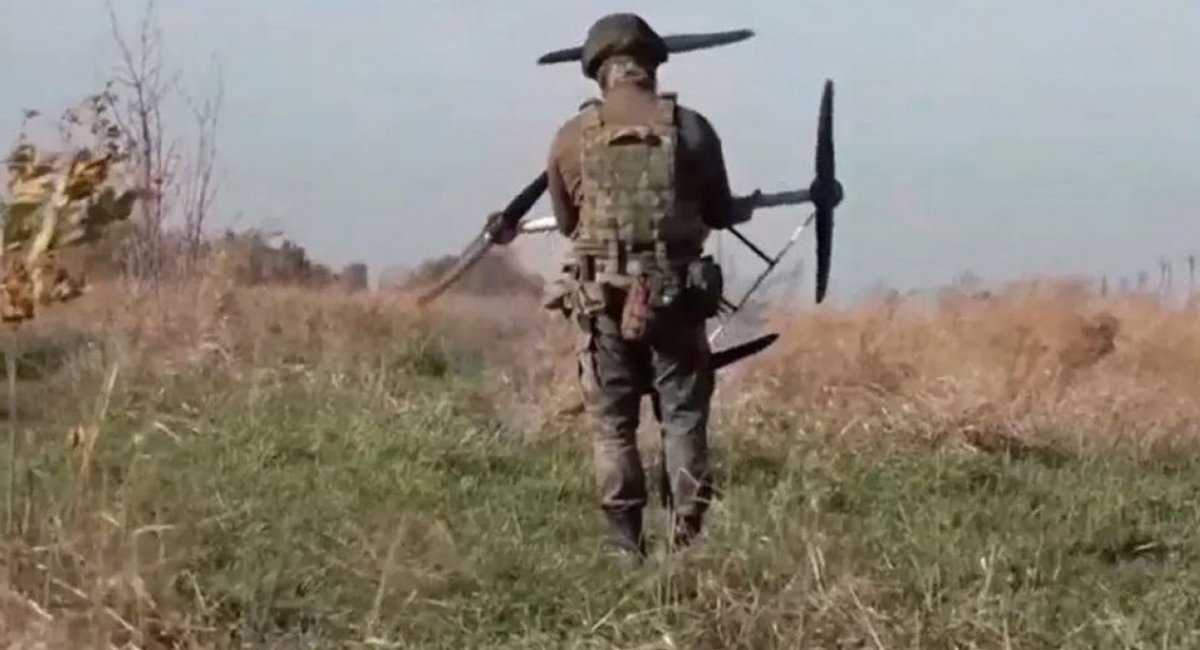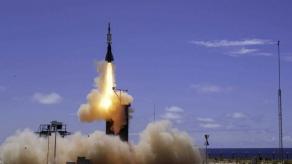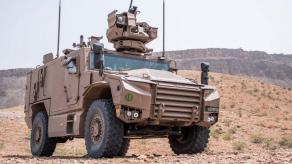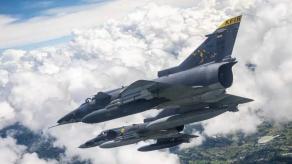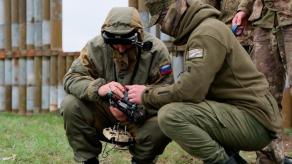Mid-summer 2024, Defense Express reported on russia's serial production of the MiS-35, a reconnaissance-strike unmanned aerial vechicle known among russian troops in Ukraine as "mini Baba Yaga." Its primary armament included 82mm mortar rounds and PG-7 shaped-charge projectiles. At the time, russians claimed the drone was already being used on the battlefield.
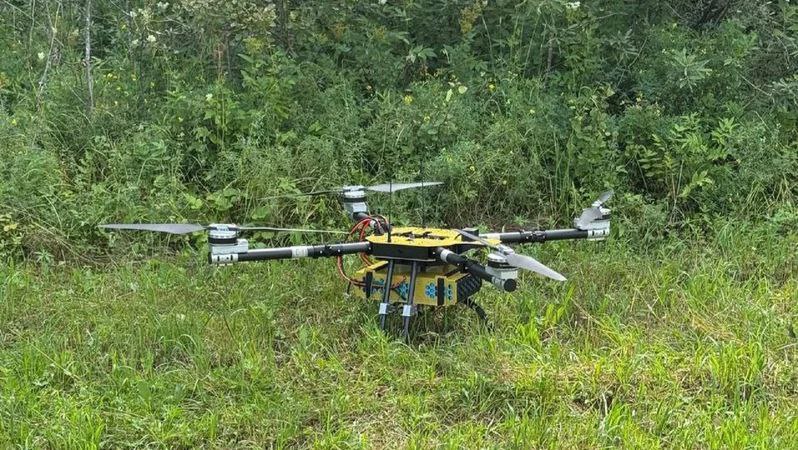
According to russian sources now, in practice, the MiS-35 ended up carrying out humanitarian missions in 70% of cases — in other words, it was mostly used to transport cargo rather than serve as a strike delivery platform.
Read more: Secret Data on russia's K-555 and Borey-A–Class Submarines, Secured by Ukrainian Intelligence, is Worth its Weight in Gold
Likely due to its low payload capacity, the russian MiS design bureau decided to create a heavier version of this UAV, which received the designation MiS-150. This new model is now seen as a full-fledged analog of the Ukrainian Vampire UAV, which the russian forced have labeled Baba Yaga.
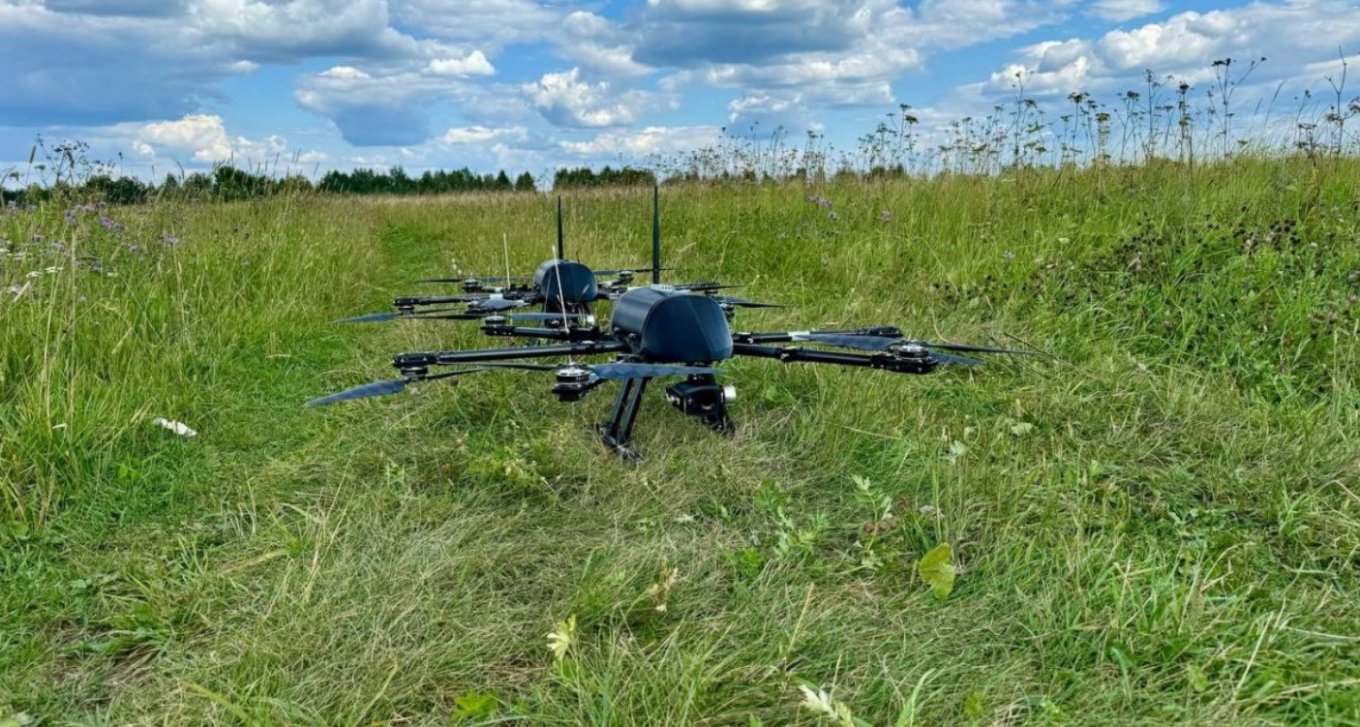
The developers say that while the senior version can also perform humanitarian tasks, its primary role is to carry out strike missions — such as dropping TM-62 mines atop the enemy.
For comparison, the smaller drone had a maximum payload of 4.5 kg and a recommended payload of 3.5 kg, whereas the MiS-150 has a payload capacity of 15 kg. Its operational range has increased from 9 km to 12 km.
It is noted that the MiS-150 will be equipped with the Povodyr system, which allows the drone to avoid the effects of electronic warfare systems.
Earlier, Defense Express reported that russia had supplied Shahed-136 drones to the GROM Kaskad brigade, a unit deployed directly on the front line of the war in Ukraine.
Read more: russia Already Has Seven Naval Drone Types: Could It Deploy 400 Kamikaze Boats Against Ukraine




